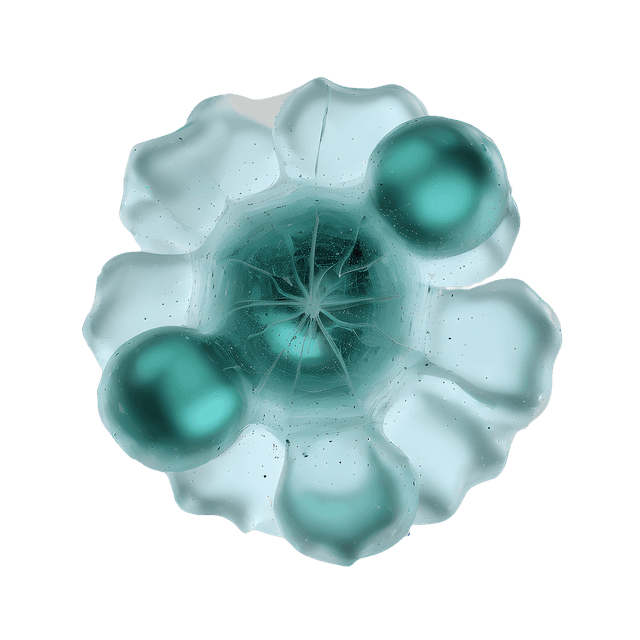During the menstrual cycle, the body undergoes regular hormonal changes. In the first half of the cycle, estrogen levels rise and reach their peak around the middle of the cycle, stimulating ovulation. After ovulation, progesterone takes over as the dominant hormone, and if fertilization doesn't occur, both estrogen and progesterone decrease, resulting in the shedding of the uterine lining, experienced as menstruation.
What is menstrual cramps?
Menstrual cramps are pain in the lower abdomen that often occurs in conjunction with menstruation. The pain can vary from mild to intense and can affect daily activities and quality of life for some women.
Why do women experience menstrual cramps?
- When the uterus, a muscle, expels the uterine lining, it contracts, causing cramps.
- The body produces substances called prostaglandins, released during menstruation, increasing pain sensitivity and inflammation, leading to menstrual cramps.
- Some medical conditions like fibroids and endometriosis can cause increased pain during menstruation.
- Stress and hormonal imbalances of estrogen and progesterone can affect the severity of menstrual cramps.
What helps alleviate menstrual cramps?
- Pain relievers – using nonsteroidal anti-inflammatory drugs like ibuprofen can help reduce pain and inflammation.
- Heat therapy – applying heat to the area of menstrual cramps, either through a hot water bottle or heating pad, can relieve muscle contractions and increase blood circulation.
- Physical activity – light exercises, like walking or stretching, can help reduce menstrual cramps by releasing endorphins and improving circulation.
- Avoiding certain foods – some women find relief by reducing intake of caffeine, salt, and sugar during menstruation.
- Relaxation techniques – methods like deep breathing exercises and yoga can help reduce stress, thereby alleviating and managing menstrual cramps.
Why do some women experience worse menstrual cramps than others?
Some women suffer from such severe menstrual cramps that it becomes challenging to perform everyday tasks. Factors that may play a role and impact this condition include; high levels of prostaglandins, a larger uterus or increased growth of uterine tissue, genetic factors, conditions like myomas and pelvic inflammation, and lifestyle factors such as stress, lack of exercise, and poor dietary habits affecting hormone balance and menstrual cycle.
Menstrual cramps at different life stages
Menstrual cramps during pregnancy
Menstrual cramps during pregnancy can be associated with changes in the uterus and increased blood circulation in the pelvic region.
Menstrual cramps without menstruation
Painful sensations without menstruation may be related to hormonal imbalances, endometriosis, or other gynecological conditions.
Menopause and menstrual cramps
During menopause, the production of estrogen and progesterone decreases, affecting the menstrual cycle and causing various symptoms, including pain.
When should you seek medical help?
If your menstrual cramps are extremely severe and not relieved by common pain relievers or significantly impact daily activities, you should seek medical advice. It may be a sign of underlying medical conditions that require professional assessment and treatment.























